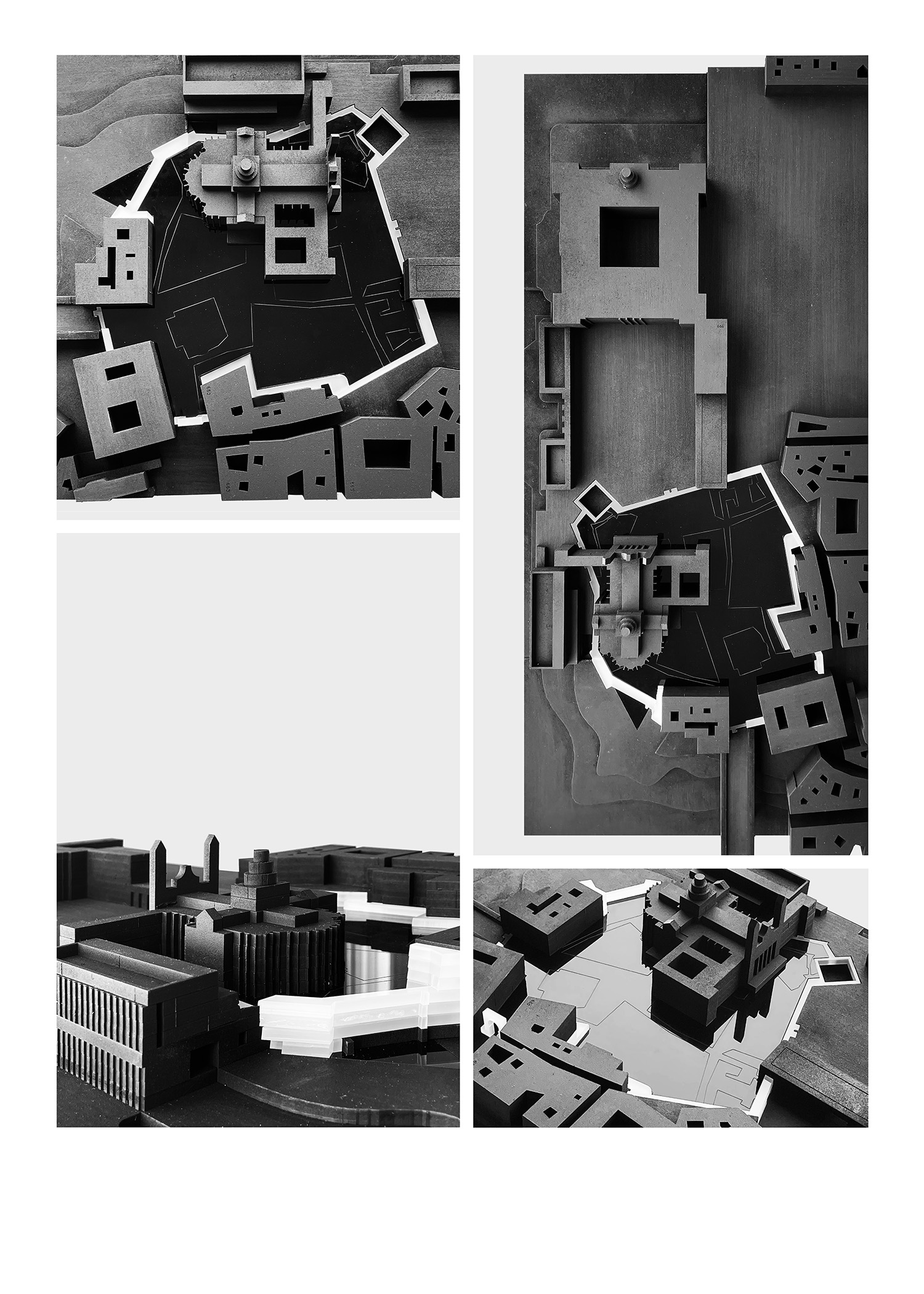
Marc Ribert
Writing about writing
project End of Degree Master's Degree in Architecture
University of Navarra
Tutor: Eduardo Escauriaza
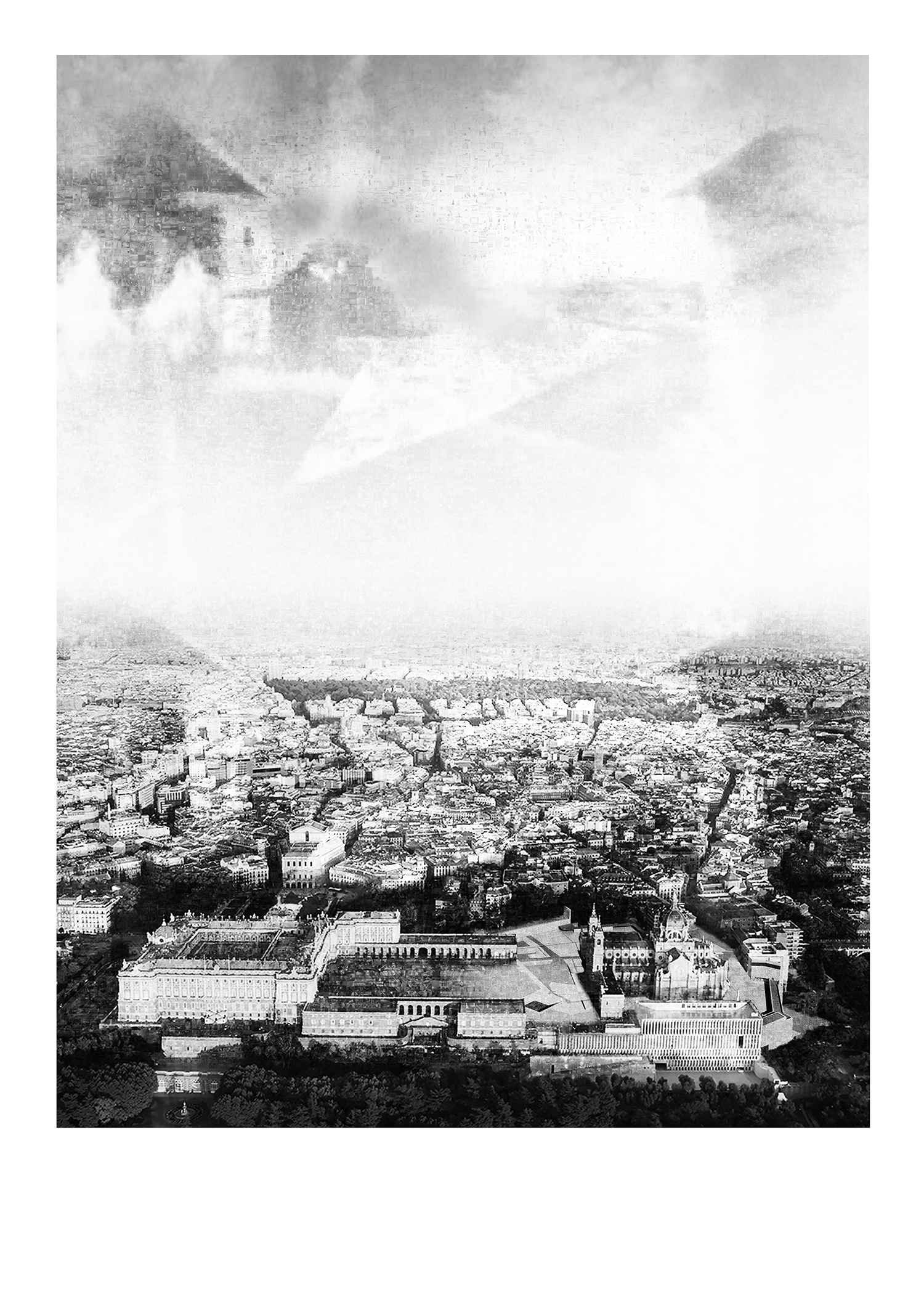
It would be useless for me to try to describe Mayrit, a city that one day and without noticeprevious dawned walled. I could tell you how high its towers are, with what rocks its walls are built, of what subjectare the arches that guard the streets. But I know that would be like telling you nothing. This is not what the city is made of, but of the stories that have been written about it and in it. Stories that can be read when the wind blows from the west and lifts the dense veil of centuries, it is there, under the leaves of time, that this curious city begins.
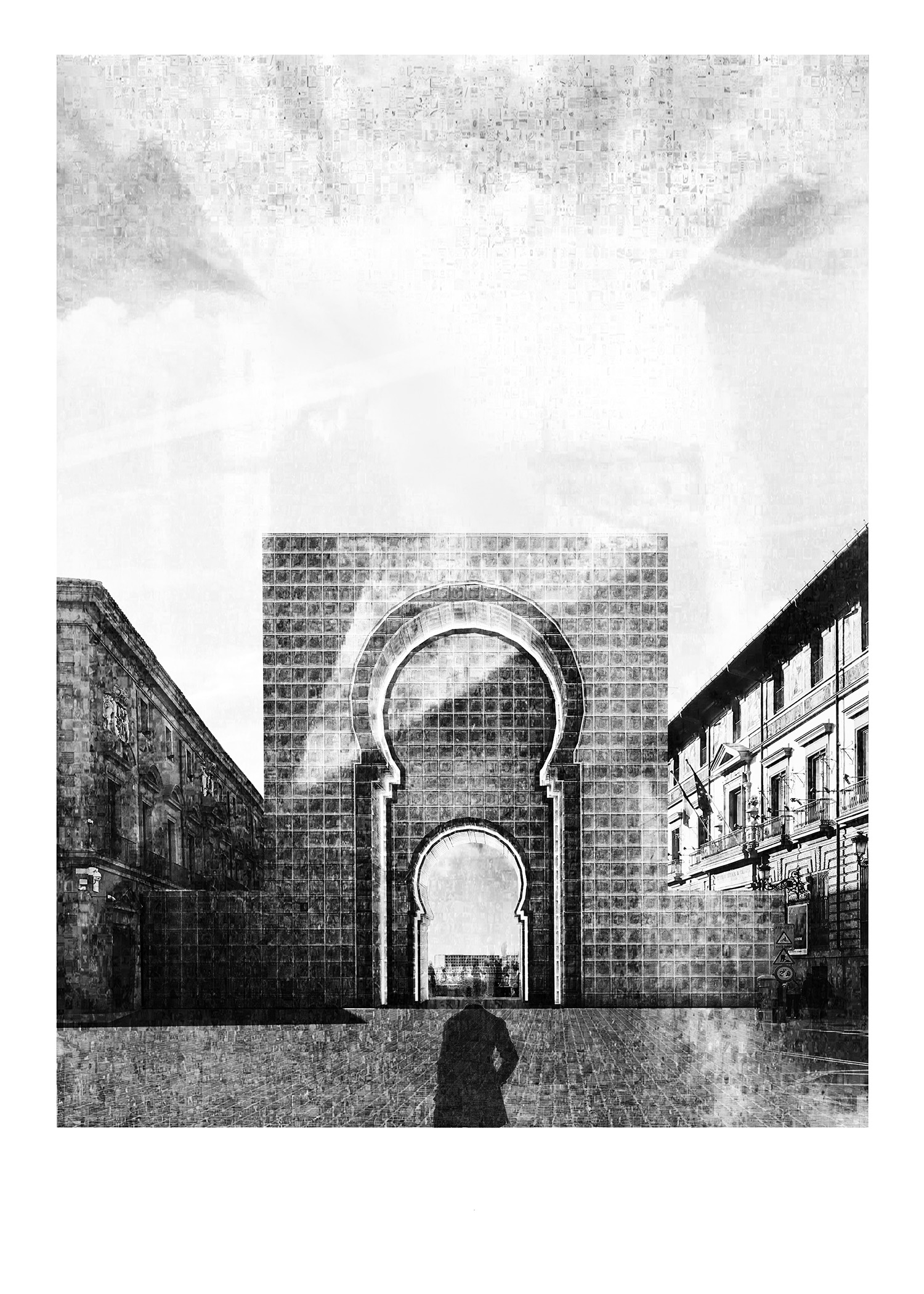
If I may, I prefer to tell you about that night when the cardinal in the penthouse of the bailén had a strange, enigmatic dream. He imagined himself wandering through an unknown, irregular city, with streets of coarse sand and exotic stenches, the houses, worked with the same earth that his sandals trod on, agglutinated one on top of the other to form unreachable towers.
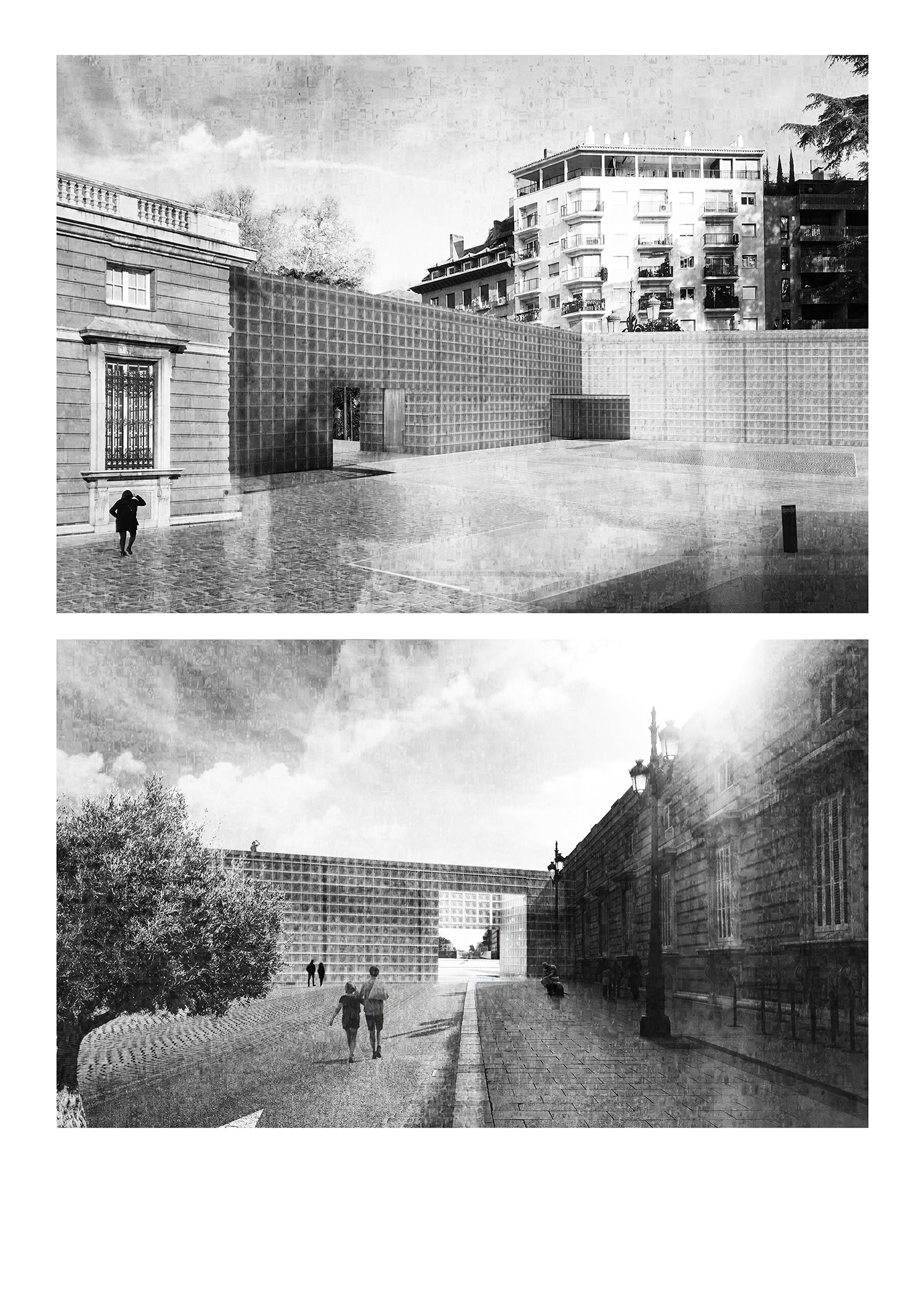
Not far away he found a crack in the wall, where a ray of light crept diagonally towards the headwall, bathing the ashlars in meditative, changing chiaroscuros, witnesses to the metamorphosis of the days. He stumbled a couple or three times before reaching cima.
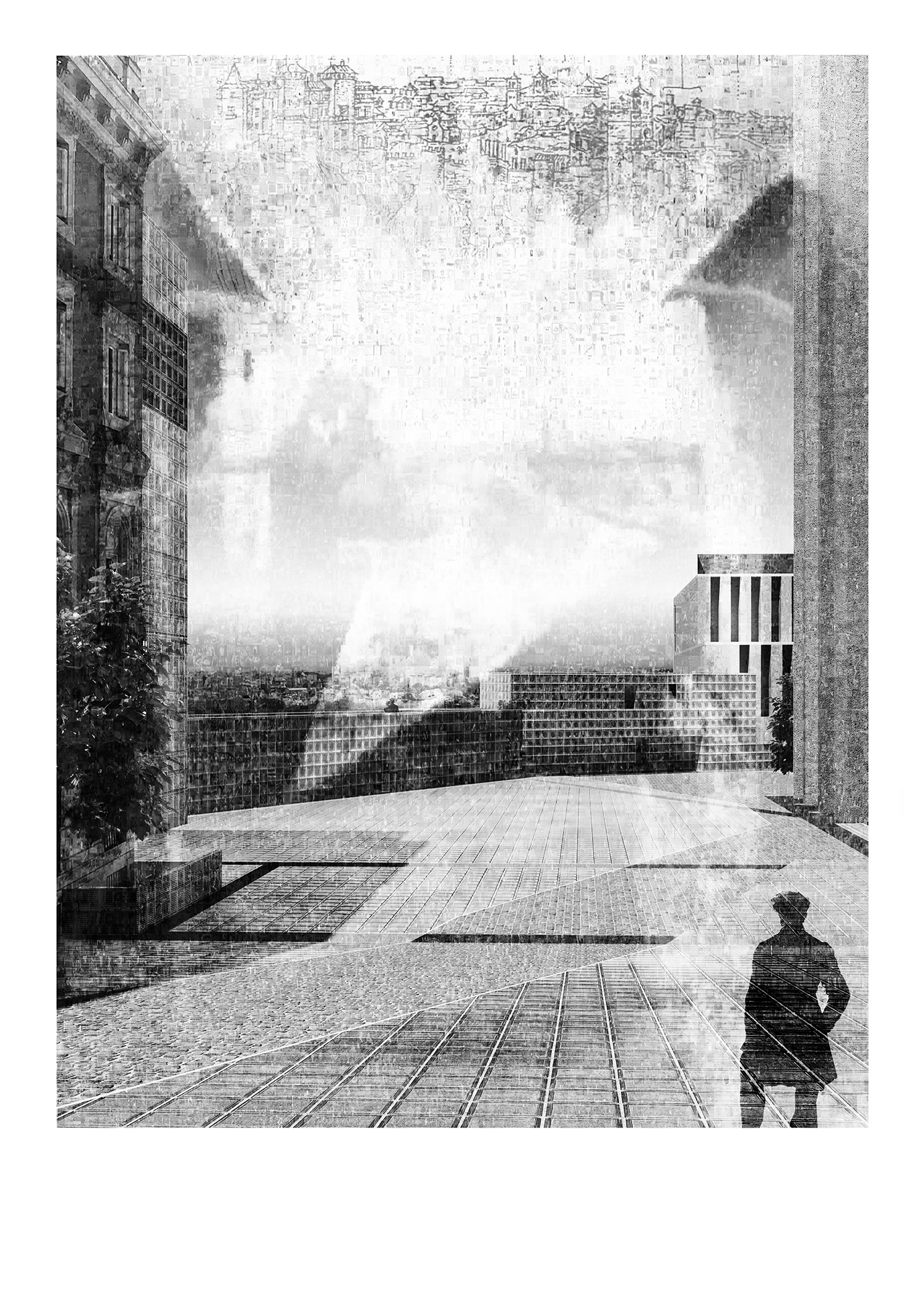
When he reached the summit, he turned in the direction of the beam and went outside. From this particular bastion he observed the infinite fields, there were no buildings nearby, only crops that grew from the waters of the river Manzanares. He strolled along the rampart and remembered that phrase that all of us, without exception, have heard from our grandparents and they from theirs, "Before everything was countryside", and it was true. The question that immediately assaulted our man, so sudden that he did not even have time to ask it, was not so much Where he was, but When.
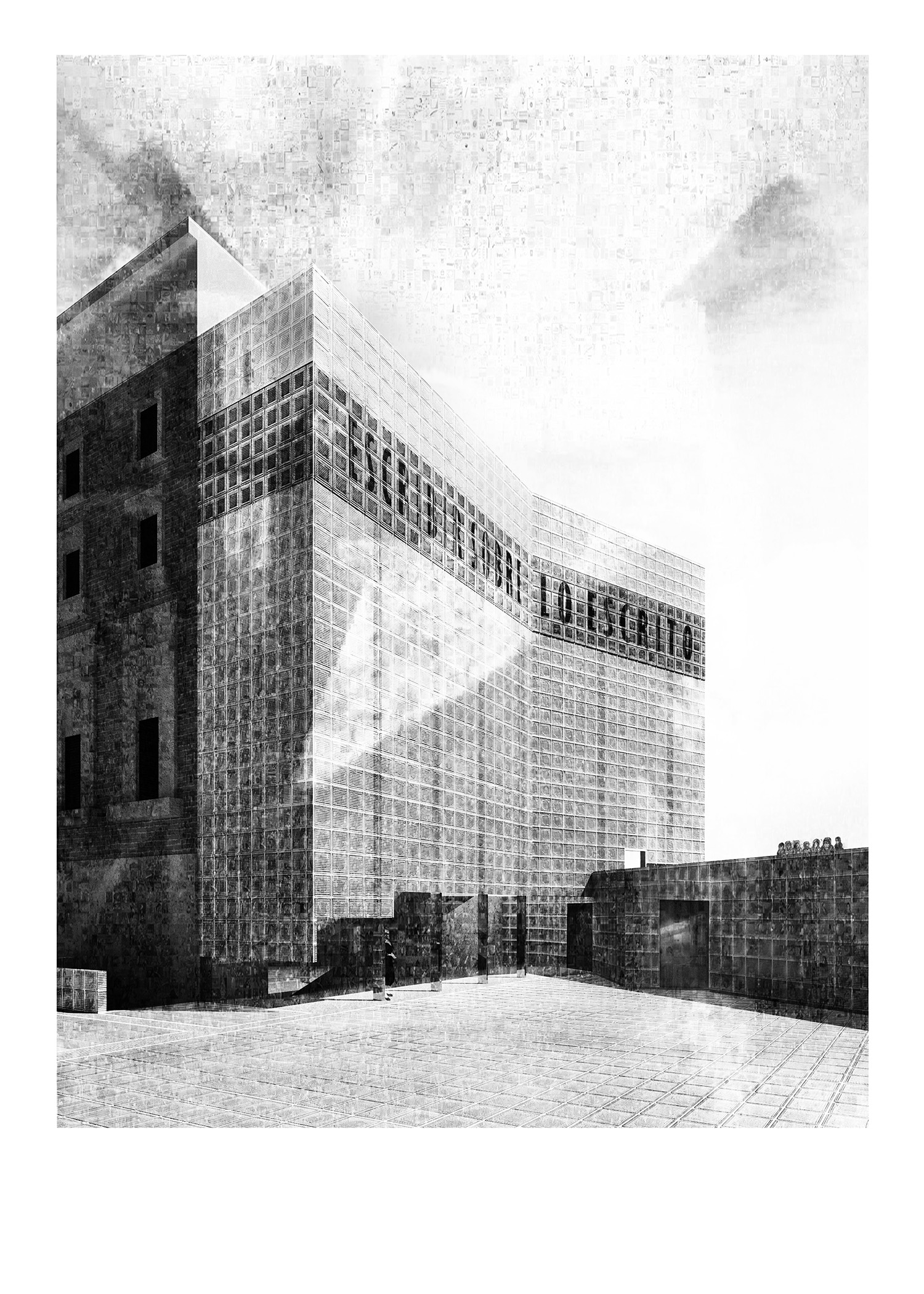
He then realised that, in the distance, a mist had begun to form, gradually rising and clouding the vanishing point of his eyes, the line where everything converges according to the rules of optics. The swirl of dust and sand grew bigger and bigger and was accompanied by the clatter of chains and horseshoes, the metallic shrieks, the neighing of horses frightened by the lashes of thick leather whips, running blindly in the direction of the walls, wielded by faceless men, imperishable machines from another century, destroying in their wake the life born of the earth, the engineering of irrigation, the landscape ordered by the beauty of science and technology and nourished by the grace of the inscrutable sky.
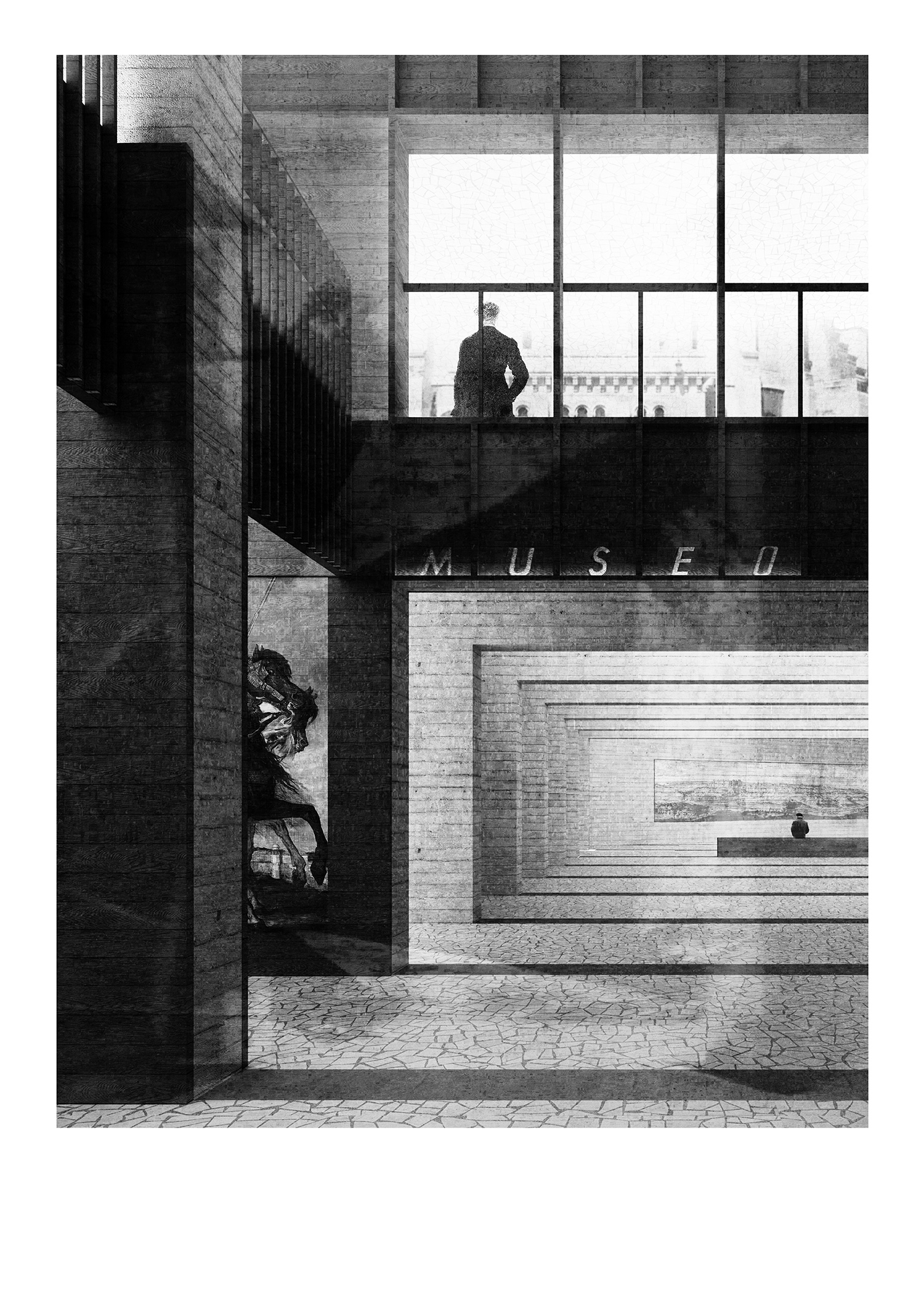
As they drew near, the Cardinal identified in the banners the silhouette of the cross, the symbol he was to carry in his days to come, the message with which he would build his life and that of so many others, and he could not repress a shudder, What does that mean, he wondered, was he on the wrong side? Stop, he shouted, but who would listen to a poor old man guarding an enemy fortress, Stop, he shouted again, but the army advanced to the gates, easily over the moat, only then did he realise that the gates of the Vega were already open.
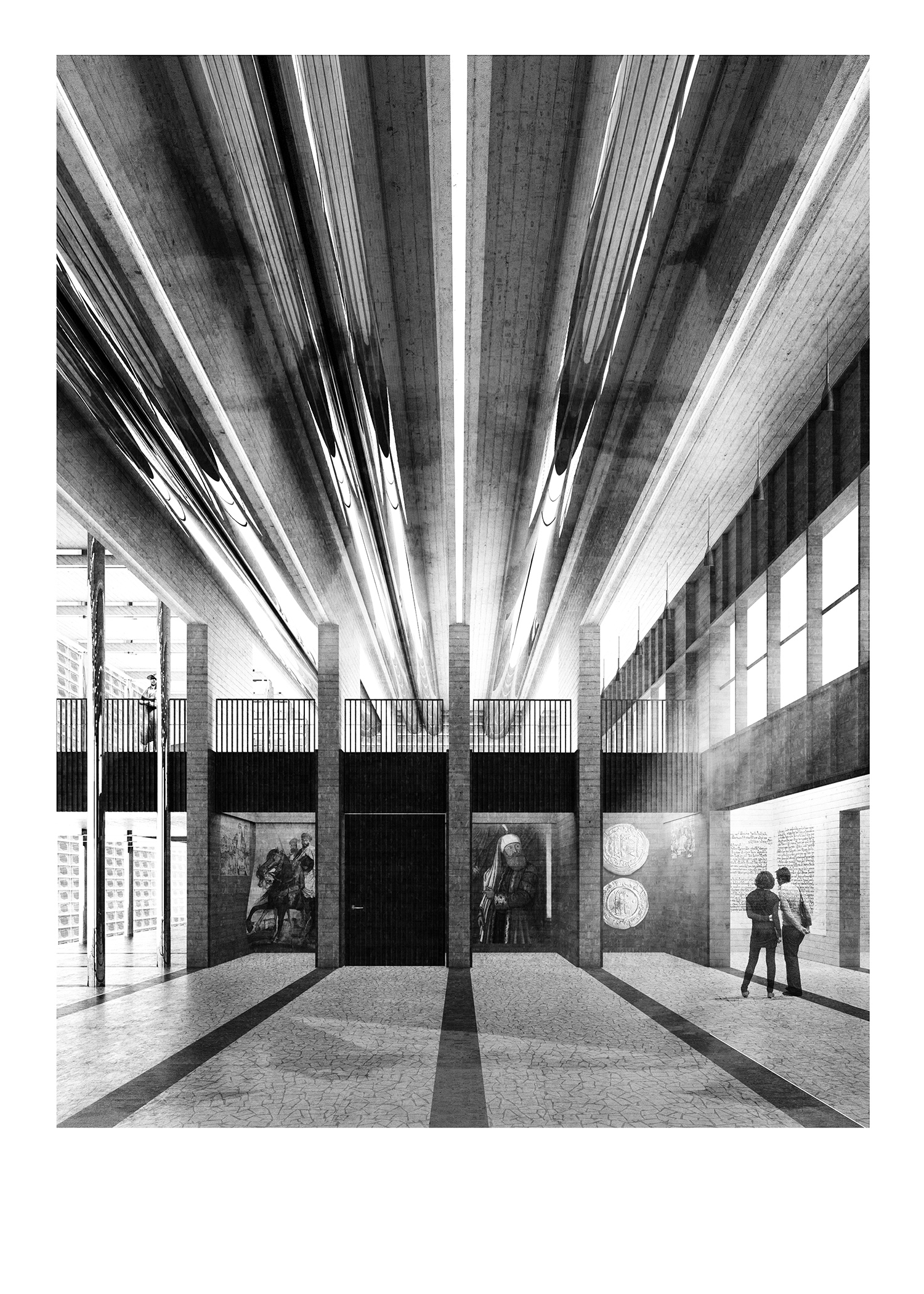
Panic-stricken, he ran along the promenade shouting, They're here, they're here, he reached a tower and rang its bells, They're here, but there was no answer, the doors of the houses attached to the fortification remained closed, and likewise those of the rest of the buildings that populated the small town.

It was then that, for reasons he still cannot fathom, he scaled the parapet that separated him from the abyss, stretched out his arms to the sky and, before the faceless and nameless soldiers could stop him, let his body fall into the void. Not even the air, moved by the known laws of physics, tried to dissuade him. The cardinal plummeted and in the instant before impact he looked back in a final farewell to the invaded fortress. It was then that he saw the silhouette of a woman, the most beautiful woman he had ever seen, guarding from the wall and in the front line of fire the entranceto the city. She was smiling.
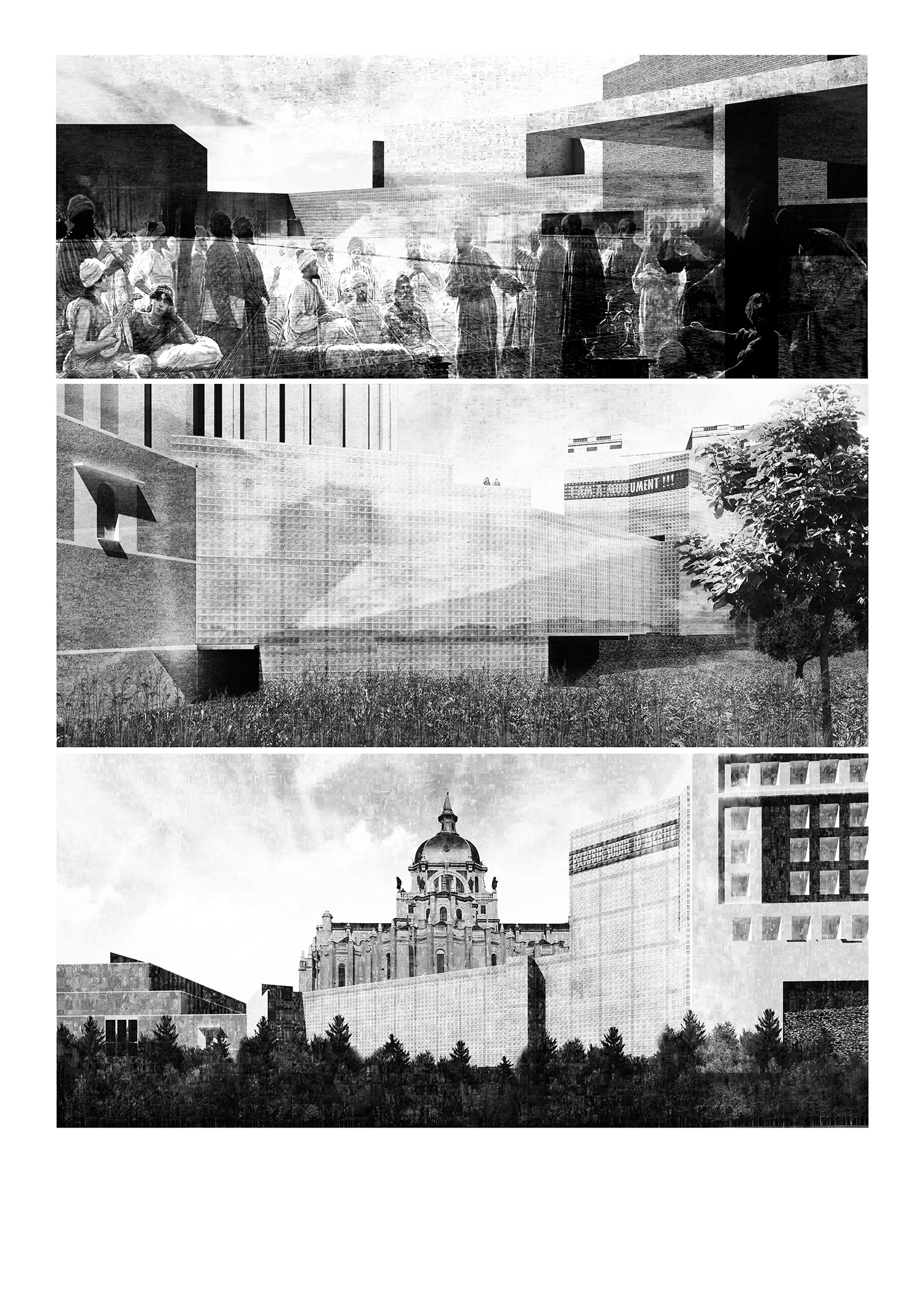
A description of Mayrit as it is today should answer the basic question, How would a city dawn, and why. Is the wall a skin, Are we its skeleton, Is the mist its clothing. Perhaps she can dawn like any of the men and women and children, Wouldn't this imply accepting at the outset the inseparable premise of every being that dawns and goes to bed, the premise of life, that the city, like any other character in this tale, sleeps and wakes, sleeps and wakes, nourishes and exercises itself, grows and even, as some have already pointed out, is capable of speaking for itself, and therefore participates in the story and feels it and remembers it and dodges it and alters it at will, inevitably becoming its main character.
